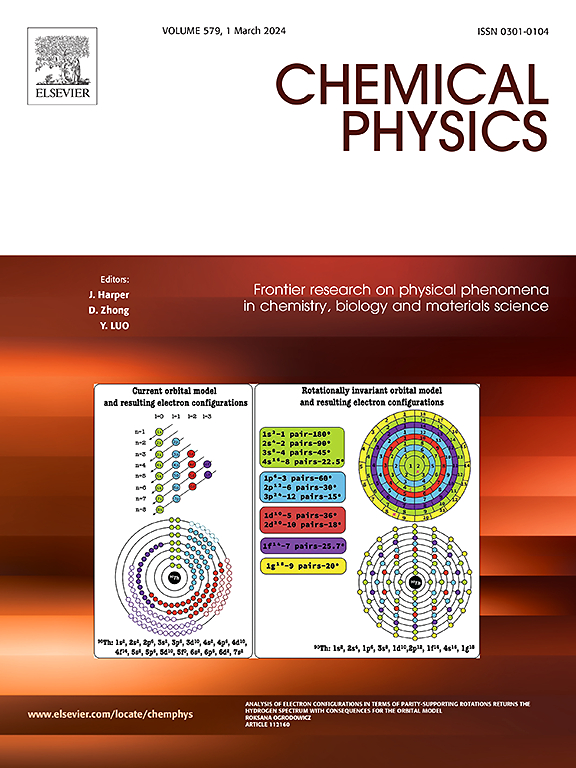Exploring the thermodynamic stability and electronic structure of ZnNb₂O₆(001) surface through first-principles calculations
IF 2
3区 化学
Q4 CHEMISTRY, PHYSICAL
引用次数: 0
Abstract
The polar surface of ZnNb₂O₆ material holds considerable importance and practical significance. Using first-principles calculations, the structure, charge redistribution, electronic properties, and thermodynamic stability of the ZnNb₂O₆(001) surface were examined. The crystal was cleaved along the (001) plane to form nine surface slab models, of which five surface terminations are feasible under specific chemical conditions. The optimized structural configurations of these terminations illustrate the charge transfer due to polarity compensation and the differences in electronic structure caused by surface reconstruction. Surface metallization, resulting from the atypical saturation of surface states, acts as a compensatory mechanism for pronounced surface polarity. The ZnNb₂O₆(001) surface slab exhibits a shift in its electronic band structure, transitioning from semiconductor characteristics to metallic properties. The nature of the charge carriers (p-type or n-type) depends on the specific surface termination. The unique electronic properties of the ZnNb₂O₆(001) surface arise from significant variations in volume and polarity compensation. This detailed atomic-level understanding is expected to stimulate further theoretical and experimental investigations into this novel photocatalytic material.
通过第一性原理计算探索ZnNb₂O₆(001)表面的热力学稳定性和电子结构
ZnNb₂O₆材料的极性表面具有相当的重要性和实际意义。采用第一性原理计算方法,研究了ZnNb₂O₆(001)表面的结构、电荷重分布、电子性质和热力学稳定性。晶体沿(001)面被切割形成9种表面板状模型,其中5种表面末端在特定的化学条件下是可行的。这些末端的优化结构构型说明了极性补偿引起的电荷转移和表面重构引起的电子结构差异。表面金属化是由表面状态的非典型饱和引起的,是表面极性明显的补偿机制。ZnNb₂O₆(001)表层的电子能带结构发生了转变,从半导体特性转变为金属特性。载流子的性质(p型或n型)取决于特定的表面终止。ZnNb₂O₆(001)表面独特的电子性能源于体积和极性补偿的显著变化。这种详细的原子水平的理解有望激发对这种新型光催化材料的进一步理论和实验研究。
本文章由计算机程序翻译,如有差异,请以英文原文为准。
求助全文
约1分钟内获得全文
求助全文
来源期刊

Chemical Physics
化学-物理:原子、分子和化学物理
CiteScore
4.60
自引率
4.30%
发文量
278
审稿时长
39 days
期刊介绍:
Chemical Physics publishes experimental and theoretical papers on all aspects of chemical physics. In this journal, experiments are related to theory, and in turn theoretical papers are related to present or future experiments. Subjects covered include: spectroscopy and molecular structure, interacting systems, relaxation phenomena, biological systems, materials, fundamental problems in molecular reactivity, molecular quantum theory and statistical mechanics. Computational chemistry studies of routine character are not appropriate for this journal.
 求助内容:
求助内容: 应助结果提醒方式:
应助结果提醒方式:


